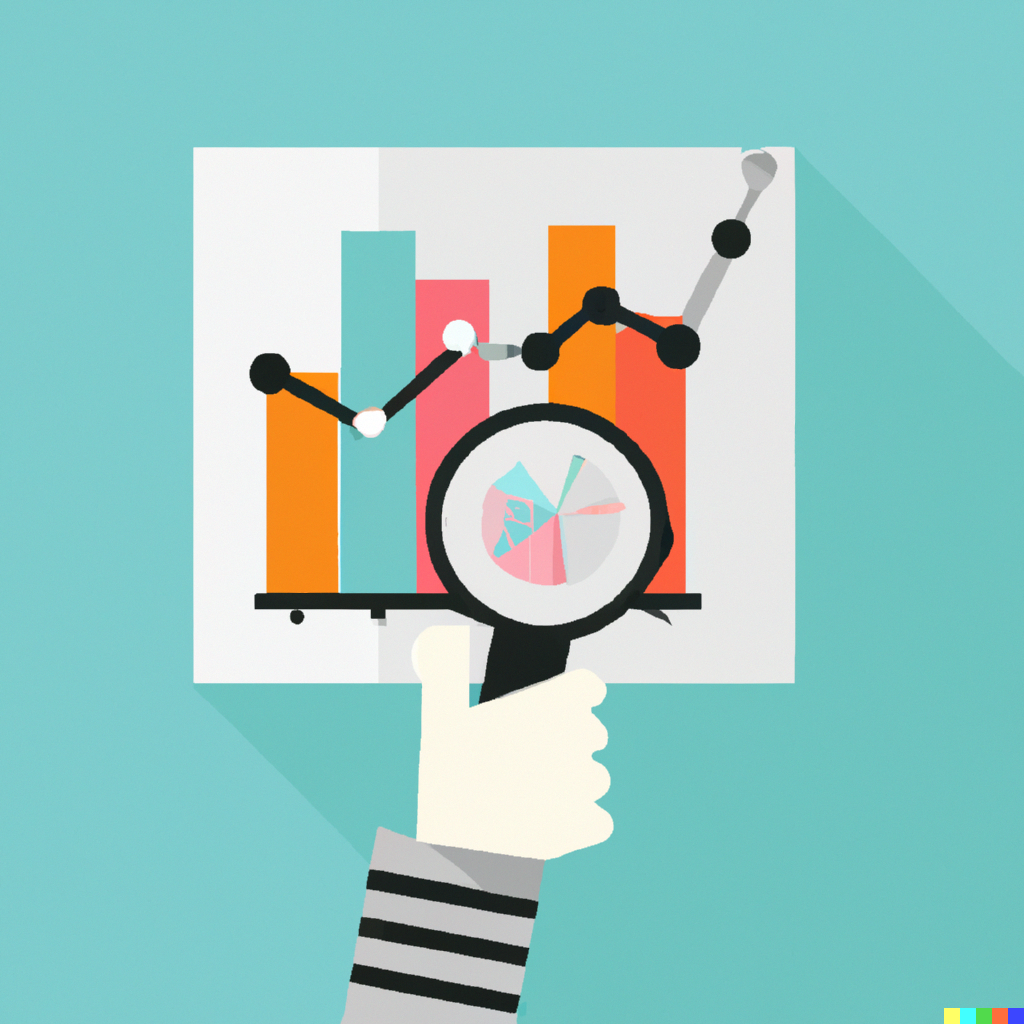September 26 |

In today’s data-driven world, businesses generate more information than ever before. From customer interactions to supply chain operations, the amount of raw data is overwhelming. The challenge isn’t gathering data—it’s transforming it into actionable insights. This is where Business Intelligence (BI) steps in.
Business Intelligence refers to the technologies, processes, and strategies that help organizations analyze data and make smarter business decisions. BI encompasses tools such as dashboards, reporting systems, predictive analytics, and data visualization platforms that convert raw numbers into meaningful trends, patterns, and forecasts.
At its core, BI is about answering three critical questions:
The modern business landscape is fiercely competitive. Companies that thrive are those that can move quickly, backed by data-driven decisions rather than gut instinct. Here’s how BI makes a difference:
To understand how BI works, let’s break down its essential components:
While BI offers immense value, businesses often face hurdles such as:
The key to overcoming these challenges is a clear BI strategy—aligning business goals with technology adoption and ensuring proper governance.
The future of BI lies in augmented analytics, where AI and automation handle much of the heavy lifting. Natural language queries, predictive insights, and personalized dashboards will continue to make BI more accessible and powerful. In addition, the rise of cloud-based BI ensures scalability, flexibility, and cost-effectiveness for businesses of all sizes.
Business Intelligence isn’t just about analyzing data—it’s about empowering people to make smarter, faster, and more impactful decisions. Whether you’re a small startup or a global enterprise, implementing BI can be the catalyst for growth, innovation, and long-term success.
SHARE THIS:
© Copyright 2025Global AI AwardsAll Rights Reserved